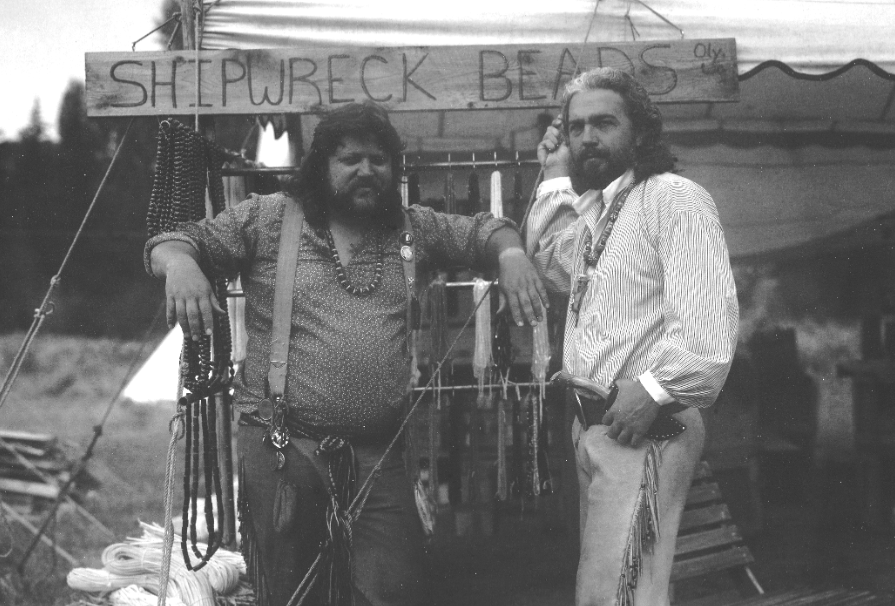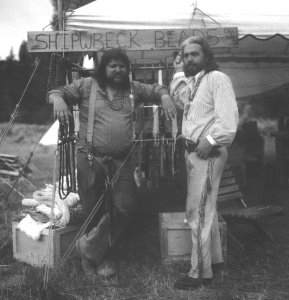
Back in the 1980s, when they were working out of an 800 square foot shack on Olympia’s west side, Shipwreck Beads’ C.E.O., Glenn Vincent, his wife, Lisa Ann, and the business’s general manager, Douglas “Buck” Boling, would spend the better part of the year on the road, building their client base. While one person would stay home, holding down the fort running the store, the others would lash teepee poles to the roofs of their vehicles and travel to fairs, trade shows, Native American Pow Wows, and Mountain Man Rendezvous. “We focused real hard on the Rendezvous era, the trade era of the 1840s,” explains Buck Boling.
The historical Rendezvous was an annual gathering of mountain men who had been trapping, alone in the wilderness, for years at a time. They would come together once a year to trade hides and pelts, pick up supplies, drink a lot of whiskey and socialize with other trappers. Modern day re-enactments focus on being as authentic to that time period as possible.
Set up in encampments with hundreds of participants who would dress, act, and eat the part of mid-nineteenth century trappers, traders, housewives, Native Americans, frontiersmen, and soldiers, Boling and Vincent built their reputation, one bead at a time. “We would dress the part. We would live in teepees and sell beads,” says Boling.
In times gone by, Rendezvous participants would trade their goods for other goods – a skin or fur for a set of pots and pans. Now, more often than not, goods are traded for money, but occasionally some bartering will go on. “I traded 12 kilos of seed beads for my first set of buckskins,” laughs Boling.
Authentic trade beads that came from that time in history were of particular interest to Shipwreck Beads’ early clients. Lewis and Clark had beads made specifically for their expedition. “They used them for trail markers and for trade,” says Boling. “There were pony beads that got their name from being in a keg on the sides of ponies.” Traders hauled their “currency” from the east coast all the way to the west in this manner.
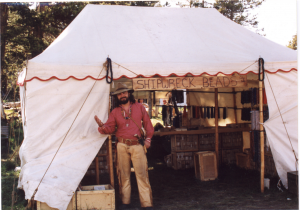
“We had seed beads, and we sold a lot of them to the (Native Americans) and to the people that did bead work on leather, costumes, dancing feathers, or trim on outfits,” explains Boling. But the most sought after beads were the vintage ambassador beads, the six or seven layered glass chevron beads, the ghost beads, and the Lewis and Clark beads that Boling and Vincent had with them.
“Native Americans didn’t make their own beads except out of natural materials,” explains Boling. “Most of the beads were made in the Czech Republic, Holland and Italy. They were traded all over the world.”
Many beads wound up in Africa as part of the slave trade. “Generations go by and there is a cache of beads there,” says Boling. In the middle of the twentieth century, many of those beads found their way back into the world market. In the early days of Shipwreck Beads, “… we had people from Africa that would come with a van to the store, and they’d open the back door, and they would have crates of old really premium quality beads.” They were quickly snatched up by everyone from history re-enactors to collectors.
“I have some beads that are two and three hundred years old,” says Boling. “When I got them 30 years ago they were worth $50, maybe, and now they are worth $1000 per bead. Just in the last quarter of a century, the value of trade beads has gotten enormous.”
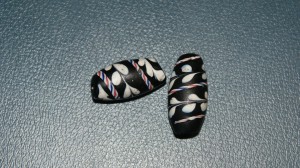
Boling tells one last story to illustrate his point. “Back in the late 80s, Glenn took a trip to Canada. There was a private museum there. It was a private museum (run) by an old man and his wife in their home. He passed away, and she decided to liquidate the beads. Glenn went there to view (the collection) and he ended up buying (it). It was quite a nice collection of old beads. Really interesting stuff that you didn’t see anymore, hardly.”
“Some of the old trade beads we sold to a friend of ours who is in the business, named Little Bear. Little Bear owned a teepee pole company in Montana. (Little Bear) had connections in the movie business, and he got the contract for the movie ‘Dances with Wolves.’ He leased teepee poles to them for their sets, and he also leased them necklaces made from the beads that we sold him. We gave him a real good price on these beads, but then he leased them to the movie company and got ten times or more what they were worth for the lease. Then he got them back at the end of the movie and was able to sell them for twenty times what they were worth because they had been in the movie.”
Shipwreck Beads isn’t able to get its hands of vast quantities of trade beads these days. “It’s now to a point that there are so many collectors worldwide and the amount of beads that were made in that era, well, they stopped making them, of course, and now there’s fewer of them. (It’s) way further in between on ones that aren’t in bad shape, cracked, chipped, whatever, so we more or less got away from the trade beads,” says Boling.
Although they have moved away from selling trade beads to more contemporary styles, Shipwreck Beads was able to build its reputation out in the field, meeting and greeting potential buyers, many of whom have been loyal clients ever since those early days. Today they operate out of a 22,000 square foot showroom and an even larger warehouse, and each week they ship over 1200 orders to clients all over the world.
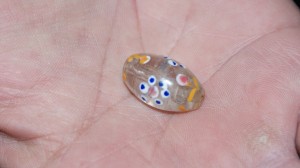
But Boling still gets out to the occasional event. He recently dressed in authentic garb for the Paddle to Squaxin landing in Olympia, and later this month, he and his son will be attending Makah Days up in Neah Bay. They will go as spectators and friends of the tribe and to do some P.R. work for Shipwreck Beads. They’ll dress the part, too. “The beads that I have – most of the old beads – I’ve tried to create ethnic style, old style jewelry, necklaces, adornment, something to wear with my buckskins. I still wear those beads and my bone choker to Native American Potlatch.” And maybe the occasional Rendezvous.
For more information about Shipwreck Beads, the world’s largest selection of beads, visit their website.








































